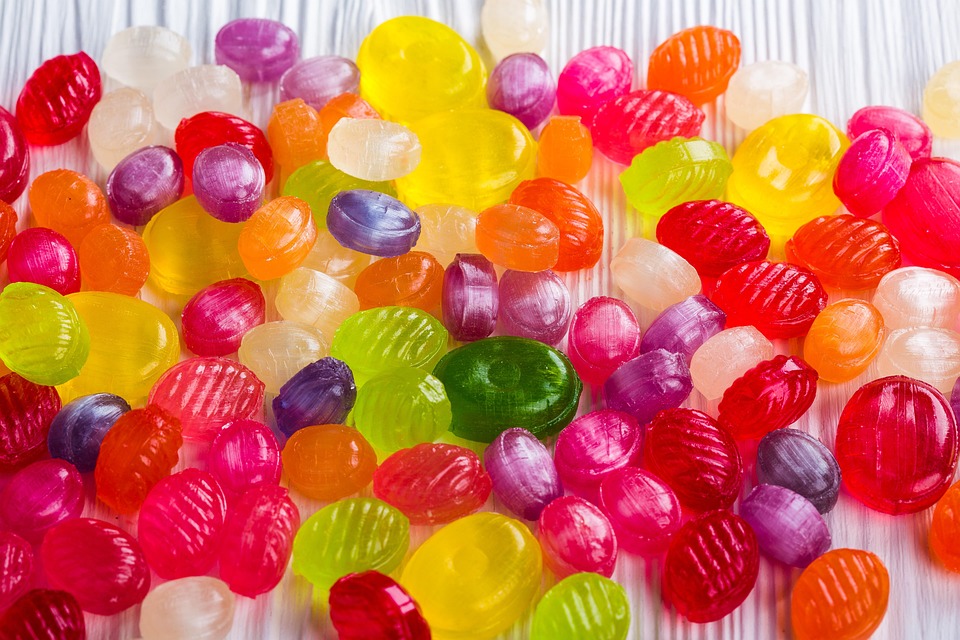Chocolate—universally adored, indulgent, and often associated with pleasure. For many, it’s not just a treat; it’s a passion. Whether you savor it in a rich dark bar, drown your sorrows in a creamy milkshake, or celebrate special occasions with decadent cakes, chocolate holds a special place in many hearts. This ultimate guide is designed to explore the delightful world of cocoa, its history, varieties, and ways to enjoy it.
A Brief History of Chocolate
The story of chocolate dates back over 3,000 years to the ancient Mesoamerican civilizations such as the Aztecs and Mayans. They cultivated and brewed cacao beans, creating a bitter drink often mixed with spices or honey. The word "chocolate" is derived from the Aztec word "xocoatl." In the 16th century, chocolate made its way to Europe, where sugar was added, creating the sweet versions we enjoy today.
Understanding Cocoa
Cocoa is derived from the cacao bean, which grows on the Theobroma cacao tree. Once harvested, the beans undergo fermentation, drying, roasting, and grinding, which transform them into the base for chocolate products. The two main forms of chocolate are:
-
Dark Chocolate: Contains a higher percentage of cocoa solids and cocoa butter without milk solids. Generally, the higher the cocoa percentage, the more intense the flavor.
-
Milk Chocolate: Contains cocoa solids, cocoa butter, milk solids, and sugar. It’s sweeter and creamier compared to dark chocolate.
- White Chocolate: Technically not chocolate, as it contains no cocoa solids. Made from cocoa butter, sugar, and milk solids, it offers a different flavor experience altogether.
The Health Benefits of Chocolate
While moderation is key, dark chocolate is packed with antioxidants and has been linked to various health benefits, including improved heart health, reduced inflammation, and enhanced brain function. It contains flavonoids, which can help lower blood pressure and improve blood flow. Plus, the rich taste can elevate your mood—thanks to the compounds that stimulate endorphin and serotonin production.
Choosing Quality Chocolate
When indulging your chocolate cravings, quality matters. Here are some tips for selecting the best chocolate:
-
Read the Ingredients: Look for chocolate with minimal ingredients. High-quality chocolate should have cacao listed first, followed by cocoa butter, sugar, and other natural ingredients—ideally without additives or artificial flavors.
-
Cocoa Percentage: Choose chocolates with higher cacao percentages for deeper flavors and potential health benefits. Dark chocolate typically contains 70% cacao or more for a more intense experience.
- Go Fair Trade: Consider choosing fair-trade certified chocolates, which ensure that cocoa farmers are paid fairly and adhere to sustainable farming practices.
Flavors and Pairings
Chocolate is incredibly versatile, pairing well with a wide range of flavors. Here are some tasty combinations to elevate your chocolate experience:
-
Chocolate and Sea Salt: The contrast of flavors brings out the richness of chocolate, enhancing its sweetness.
-
Chocolate and Fruit: Think strawberries, oranges, or bananas dipped in chocolate or incorporated into desserts. The acidity and freshness of fruit perfectly balance chocolate’s richness.
-
Chocolate and Spice: Cinnamon, chili, and nutmeg can add warmth and depth to chocolate, creating exciting flavor profiles.
- Chocolate and Nuts: Almonds, hazelnuts, and pecans provide crunch and added flavor, making for delicious chocolate bars and confections.
Creative Ways to Enjoy Chocolate
-
Baking: From rich brownies to molten lava cakes, chocolate is a baking essential. Explore the world of cookies and cupcakes too!
-
Hot Chocolate: Elevate your cozy nights with gourmet hot chocolate, using high-quality chocolate melted into warm milk and topped with whipped cream or marshmallows.
-
Cocoa Nibs: Use roasted cacao nibs as a topping for yogurts, smoothies, or granola for a crunchy, chocolatey twist.
-
Chocolate Tasting: Organize a chocolate tasting session with various types—from bean-to-bar artisanal chocolates to mass-market varieties. Examine flavors and textures by pairing them with different wines or coffees.
- Crafting Chocolate: Consider dabbling into homemade chocolate, where you can control the ingredients and experiment with flavors, from adding sea salt to infusing spices.
Chocolate Around the World
Different cultures incorporate chocolate in unique ways. In Belgium, pralines reign supreme, while in Mexico, hot chocolate is often served spiced and frothy. The Swiss are renowned for their creamy chocolate, and in Ghana, you can experience locally sourced, artisanal chocolates straight from the source.
Conclusion
For chocolate lovers, the world of cocoa is vast and tantalizing. Whether you enjoy it in a simple bar or a grand dessert, there are endless ways to appreciate this beloved treat. So gather your fellow chocolate enthusiasts, explore new varieties, indulge in quality options, and celebrate all things cocoa. After all, life is better with a bit of chocolate!



